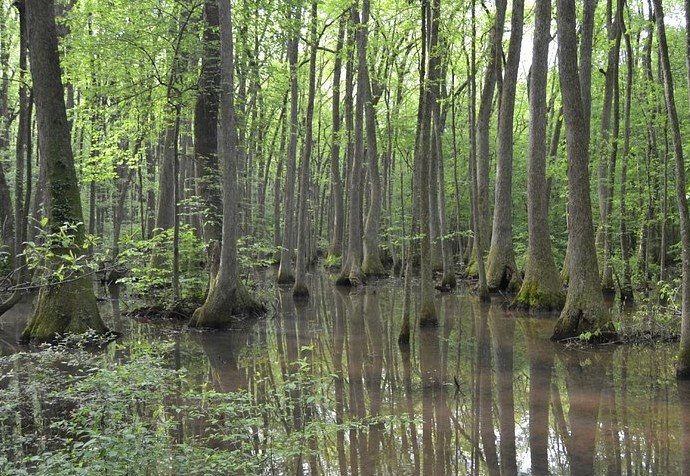The Georgia Department of Natural Resources has opened applications for its Wildlife Viewing Grants Program, offering up to five thousand dollars per project to boost public access to the state’s native animals and habitats. This initiative, aimed at 2026 projects, accepts proposals until February 4, 2026, and focuses on creating viewing spots, educational tools, and outreach to highlight conservation priorities.
Program Overview and Goals
State officials want to make it easier for people to enjoy Georgia’s diverse wildlife without hunting or fishing. The grants support efforts that build awareness of rare plants, nongame animals, and key habitats listed in the state’s Wildlife Action Plan.
This plan guides efforts to protect species before they face serious threats. By funding projects like viewing platforms and interpretive signs, the program helps connect residents with nature in meaningful ways.
Projects must provide public opportunities, including for underserved groups, to observe wildlife. The focus remains on conservation priorities to prevent species decline.

Application Details and Timeline
Interested groups can apply online through the official department website. Proposals need to outline how the project will enhance wildlife viewing and tie into state conservation goals.
Applicants will hear back about awards in March 2026. The process is straightforward, with guidelines available for download to help prepare strong submissions.
- Eligible projects include building observation decks, creating educational programs, and improving access trails.
- Priority goes to ideas that promote species from the Wildlife Action Plan.
- Partnerships with local organizations can strengthen applications and extend project impact.
Past recipients have used funds for items like binoculars for park programs and guides for coastal bird watching.
History of Success and Funding
Since restarting the program in 2018, the department has awarded over one hundred twenty thousand dollars to more than forty five projects. These efforts span from urban areas to coastal regions, creating an interactive map of sites for public exploration.
Funding comes from the Nongame Wildlife Conservation Fund, supported by license plate sales, donations, and other contributions. This setup ensures money goes directly to conservation without relying on tax dollars.
Recent examples include restoring habitats for rare frogs near Albany and providing tools for shorebird education on the coast. These projects show how small grants lead to big community benefits.
The program ties into broader trends, like the surge in wildlife viewing nationwide. A 2022 survey found over four point eight million Georgians participated, up from previous years.
Broader Impact on Conservation
Wildlife viewing boosts local economies and supports mental health by encouraging outdoor activities. In Georgia, it aligns with events like National Hunting and Fishing Day on September 27, 2025, proclaimed by Governor Brian Kemp to celebrate outdoor traditions.
Experts note that such programs help combat biodiversity loss amid climate challenges. By raising awareness, they encourage public support for protecting habitats facing development pressures.
A 2021 survey of Georgia viewers revealed a demand for more information on species locations and better site access. This grant program directly addresses those needs.
| Key Program Facts | Details |
|---|---|
| Maximum Award | Up to $5,000 per project |
| Application Deadline | February 4, 2026 |
| Notification Date | March 2026 |
| Funding Source | Nongame Wildlife Conservation Fund |
| Total Past Awards | Over $120,000 since 2018 |
Why This Matters Now
With wildlife viewing participation hitting record highs across the U.S., reaching one hundred forty eight million people in 2022, Georgia stands out as a prime spot due to its rich biodiversity. The state ranks high in species variety, making these grants timely for expanding access.
This push comes amid other conservation wins, such as recent outdoor stewardship grants totaling millions for parks and trails. It reflects a growing focus on sustainable recreation that benefits both people and the environment.
Communities gain from improved sites that draw visitors and foster education. For instance, similar initiatives in other states have increased tourism and volunteer involvement in habitat protection.
Share this story if you love Georgia’s outdoors, and drop a comment below on your favorite wildlife spot. Your input could inspire the next great project.
